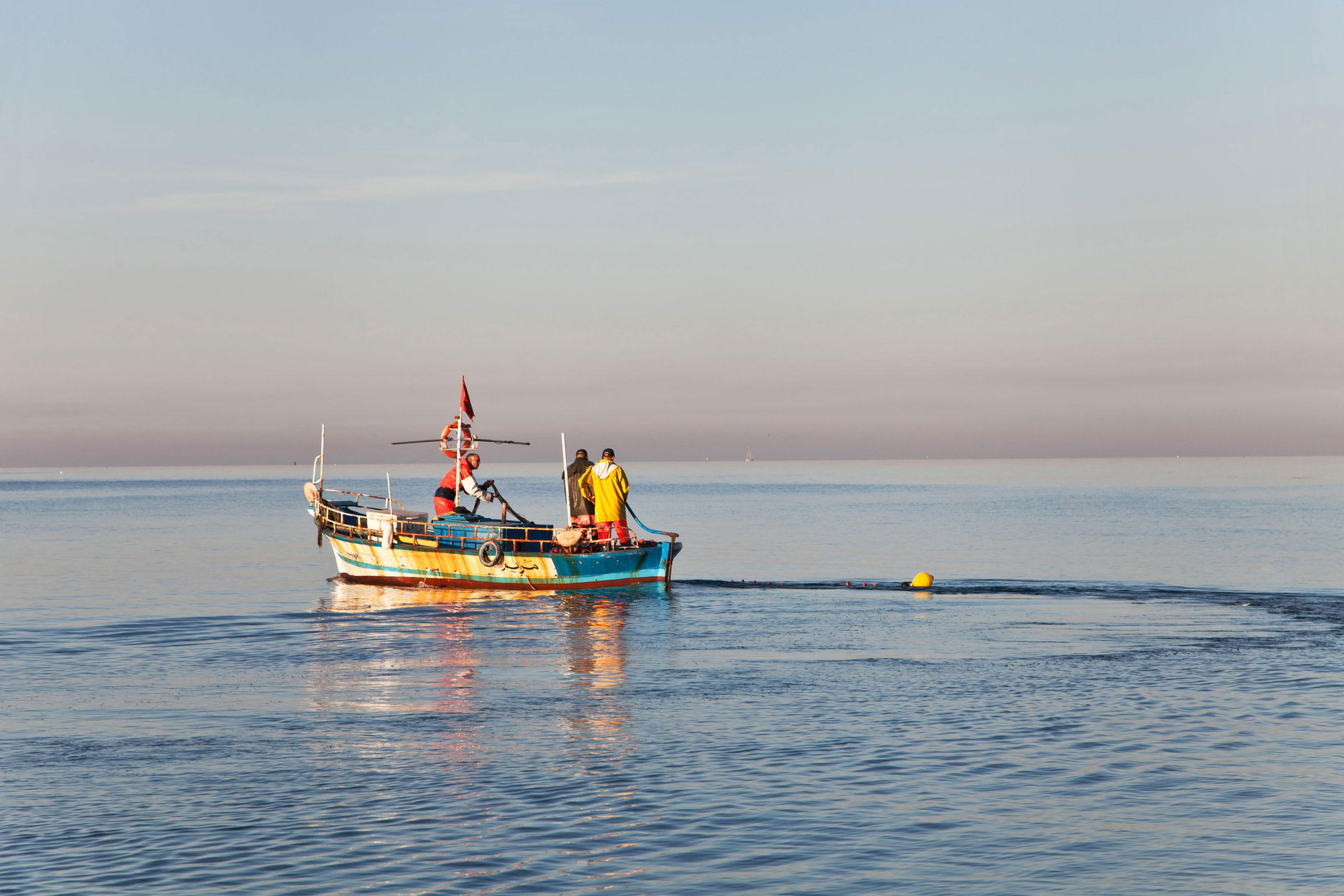On December 2023, EU Fisheries Ministers agreed fishing opportunities for 2024 for the Mediterranean and the Black Sea.
Implementation of the western Mediterranean multiannual management plan
For the western Mediterranean, the Ministers agreed to continue the implementation of the EU multiannual management plan (MAP) for demersal stocks, adopted in June 2019.
According to the scientific advice, the goal of sustainable fisheries management (maximum sustainable yield – MSY) by 1 January 2025 can be achieved by making use of the management tools and other flexibility elements available under the plan.
The agreement, therefore, continues the reduction of the trawling fishing effort by 9,5%, combined with the implementation of additional management tools, such as reduced catch limits for deep water shrimps and continuing the effort freeze for longliners.
Furthermore, to strengthen ecosystem resilience, the regulation expands the compensation mechanism, granting gradually from 4,5% to 6% additional fishing days for trawlers, depending on the number of additional conservation measures implemented by the vessels. This provision rewards the use of more selective gears, the establishment of more efficient closure areas to protect juveniles and spawners, and greater use of minimum conservation reference size (MCRS) for the protection of juvenile hake.
All agreed measures will help to reduce fishing mortality, while minimising the socio-economic impact on the fleets.
Sustainable management of common dolphinfish in the Mediterranean
The agreement also incorporates into EU law the management measures for common dolphinfish in the Mediterranean, adopted in November by the General Fisheries Commission for the Mediterranean (GFCM). The measures include catch limits, maximum number of fish aggregating devices (FADs) and maximum fleet capacity levels. This is an important step forward in making the fishery of this iconic species sustainable.
Catch limits for Mediterranean species with high commercial value
The agreement continues the implementation of the multiannual management plans (MAPs) for deep-water shrimps in the Strait of Sicily, the Ionian and the Levant Seas. Compared to 2023 levels, catch limits for these species with high commercial value are reduced by 3%and are combined with fleet management measures.
Also based on the provisions of the MAPs, in the Strait of Sicily, the regulation continues the reduction of the fishing effort for hake, combined with a capacity freeze for all the fleets. In the Alboran Sea, to ensure stock recovery, the catch limits for the blackspot seabream are reduced by 7% compared to 2023 limits, combined with fleet capacity limitations and recreational fishing restrictions.
Advances in the Adriatic Sea
In the Adriatic Sea, the agreement continues the implementation of measures for the management of the small pelagic species and demersal stocks, based on the provisions of the GFCM multiannual management plans.
For small pelagics, there is a catch reduction of 5% for anchovy and 9% for sardines compared to 2023 levels and a fishing capacity ceiling. For demersal stocks, the regulation sets new EU effort levels with a further reduction of 4% for demersal trawlers and roll-over of effort levels of 2023 for beam trawlers. These measures will allow the stocks to continue improving. Their effectiveness has been confirmed by the latest scientific advice, which shows an increase in the biomass of most stocks covered by the plan for the fourth consecutive year.
Finally, for the Black Sea, the regulation incorporates the GFCM decisions to roll-over the total allowable catches (TAC) for turbot, as well as to carry-over the unused EU turbot quotas from 2022 to 2024. The Black Sea sprat quotas remain at the 2023 level.


